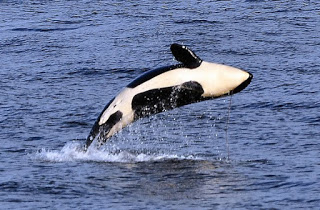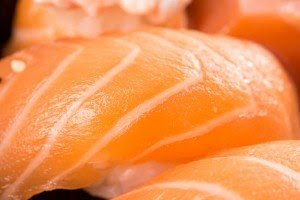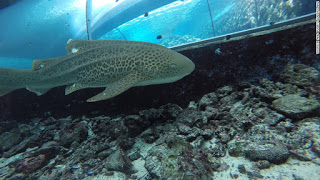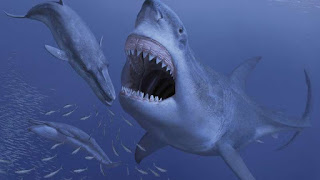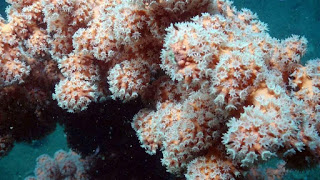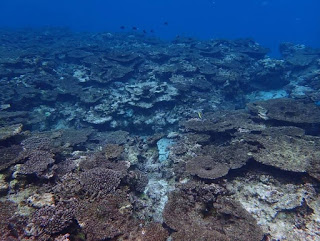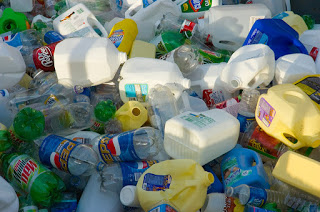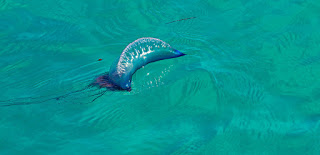1. Killer Whales – Menopause
Humans and killer whales are two of only three species that experience menopause. This biological process causes females to stop reproducing approximately halfway through life. As part of a 40 year study, scientists have found that menopause in killer whales solves “reproductive conflict,” which is the conflict between mothers and daughters having calves at the same time. Read More…
2. Is That a Tapeworm in Your Sushi?
If you eat raw or undercooked fish, you are at risk of ingesting a parasite, including the one called the Japanese broad tapeworm. This tapeworm infects about 1,000 people a year in the U.S. Previously only thought to infect fish in Asia, it has now been found in Alaskan wild salmon. Read More…
3. Who Needs a Man?
A zebra shark living in an Australian aquarium has given birth to live offspring after being separated from her mate for three years. This switch from sexual to asexual reproduction has only been observed three times in captivity. The other two are an eagle ray and boa constrictor. Read More…
———————————————–
4. Giant Ancient Shark May Have Gone Extinct Due to Extinction of its Small Prey
5. A Bright Day for Deep-Sea Corals
6. 70 % of Japan’s Biggest Coral Reef is Dead Due to Global Warming
Japan’s Environment Ministry has found that Japan’s Sekiseishoko coral reef is 70 percent bleached, with 91 percent at least partially bleached. Coral bleaching is caused by warming sea temperatures. The plant portion of the animal coral is expelled and the coral can no longer produce food for itself and it dies and turns ghostly white. Read More…
7. Unilever will Deliver 100% Recycled Plastic Packaging by 2025
8. Mushy as a Jellyfish and as Long as a Whale
Be sure to “LIKE” http://facebook.com/SeaSave to ensure our “Week in Review” is delivered to your newsfeed every Friday.
Sea Save Foundation is committed to raising awareness of marine conservation. The Week in Review is a team effort produced by the Sea Save staff to provide a weekly summary of the latest in marine research, policy, and news.

